-
Rooted in industrial chic and timeless leathercraft, this stool channels the en...
-
Inspired by the timeless elegance of mid-century modern design, this chair pays...
-
Stripped of all excess, this chair embraces essential form with intentional des...
-
Step into the world of classic design, a remarkable fusion of style and comfort...
-
Find out this versatile icon of design chair that effortlessly blends into any ...
-
Discover this metal chair, a symbol of modern craftsmanship that combines simpl...
-
The chair's design is characterized by its simplicity and functionality. The ar...
-
The Minimalist Black Design Chairs is an iconic piece of furniture that has lef...
-
Bring a touch of rustic industrial charm to any setting with our Industrial Woo...
-
The Backless Black Metal Stools feature a distinctively simple yet elegant stru...
-
The timeless elegance of our Classic Black Metal Design Chairs—where sleek soph...
-
The stool's minimalist design is accentuated by its clean lines and geometric s...
The Centerpiece of Connection: Choosing Your Perfect Dining Room Table
The dining room table is more than just a piece of furniture; it’s the heart of your home’s social life. From quick weeknight meals to lavish holiday feasts and even impromptu homework sessions, this central piece anchors the dining room and facilitates connection. Selecting the right dining room table is a significant investment that requires careful consideration of size, shape, material, and style to ensure it meets both your aesthetic desires and practical needs.
1. Finding the Right Fit: Size and Shape
The first and most critical step is determining the appropriate size and shape for your space. A general rule of thumb is to allow at least 3 feet (about 0.9 meters) of clearance around all sides of the dining room table so chairs can be pulled out easily and people can walk behind seated guests.
Shape Considerations:
- Rectangular Tables: The most common shape, rectangular tables are ideal for long, narrow rooms and can accommodate the largest number of people. Many rectangular dining room tables come with extension leaves, offering flexibility for hosting.
- Round Tables: Excellent for small, square rooms, a round dining room table promotes intimacy and easy conversation since everyone is equally visible. They also have no sharp corners, making navigation easier in a tight space.
- Square Tables: Best suited for square rooms and smaller gatherings. Like round tables, a square dining room table often feels more intimate. Be cautious, as a very large square table can make it difficult to reach items in the center.
- Oval Tables: Offering the visual softness of a round table with the capacity of a rectangular one, an oval dining room table can be a great compromise for long, yet somewhat narrow rooms.
2. Material Matters: Durability and Style
The material you choose for your dining room table dramatically impacts its durability, maintenance, and overall look.
- Wood: The classic choice. Solid hardwood (like oak, maple, or walnut) is exceptionally durable and can be refinished, making it a lifetime investment. Veneer tables are a more affordable option, offering the look of wood with less expense.
- Glass: A glass dining room table creates a feeling of lightness and space, which is perfect for smaller rooms. While it shows fingerprints and requires frequent cleaning, it’s highly versatile and can complement both modern and traditional decor.
- Metal: Tables with metal bases (often iron or stainless steel) paired with a wood or glass top offer an industrial or contemporary aesthetic. They are very sturdy and durable.
- Stone (Marble or Granite): While incredibly beautiful and luxurious, a stone dining room table is also very heavy and requires special care to prevent staining or chipping.
3. Style and the Home’s Aesthetic
Your dining room table should harmonize with the overall design of your home.
- Farmhouse/Rustic: Look for substantial wood tables, often with a trestle base or chunky legs, featuring distressed or natural finishes.
- Modern/Contemporary: These styles favor clean lines, geometric shapes, and often incorporate materials like glass, metal, or sleek, dark wood.
- Traditional: Characterized by ornate detailing, pedestal bases, and classic wood finishes.
When chosen thoughtfully, the dining room table becomes more than just a surface for meals—it becomes a treasured piece of furniture where memories are made and shared, enriching the daily life of your home.

 English
English Français
Français Español
Español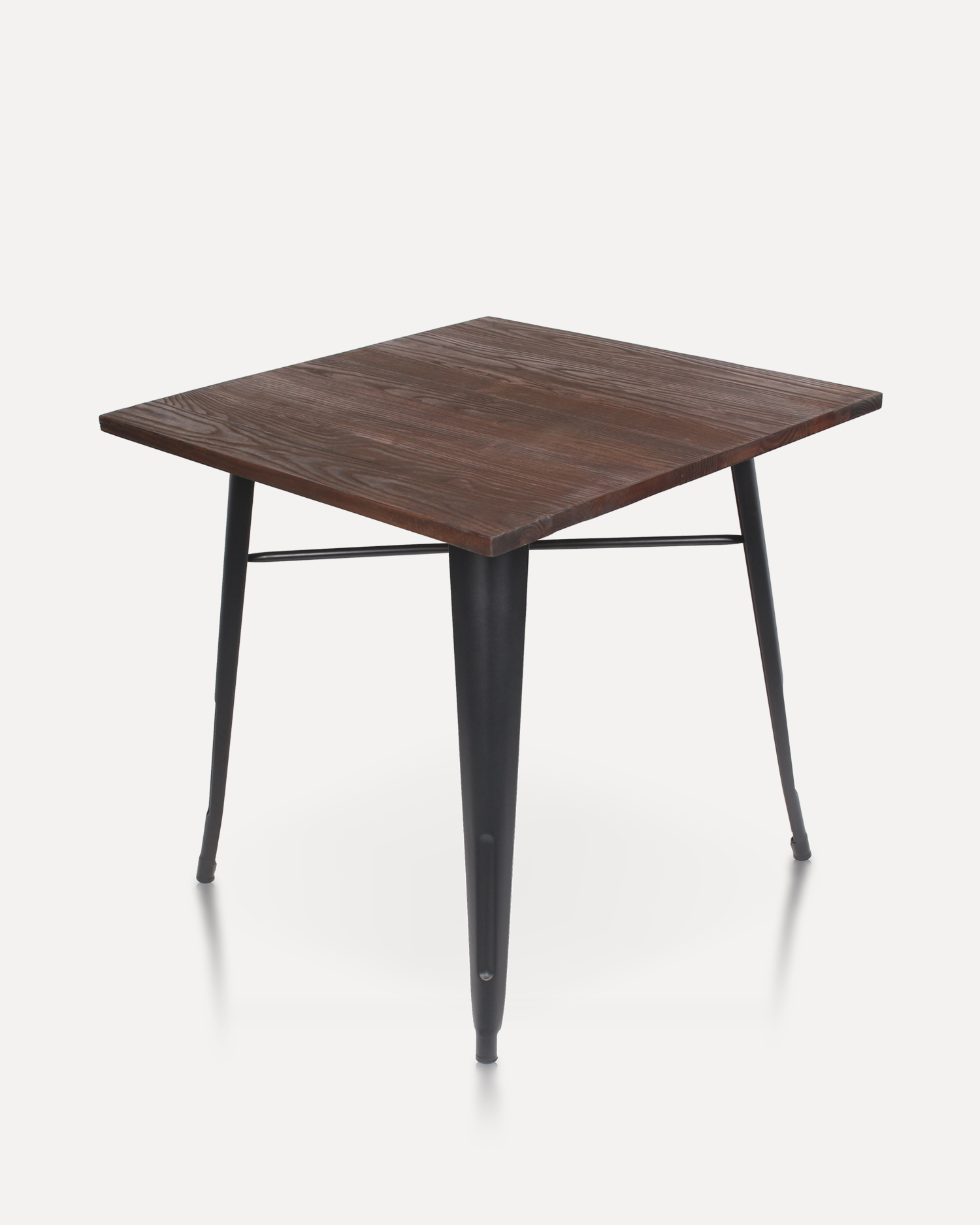
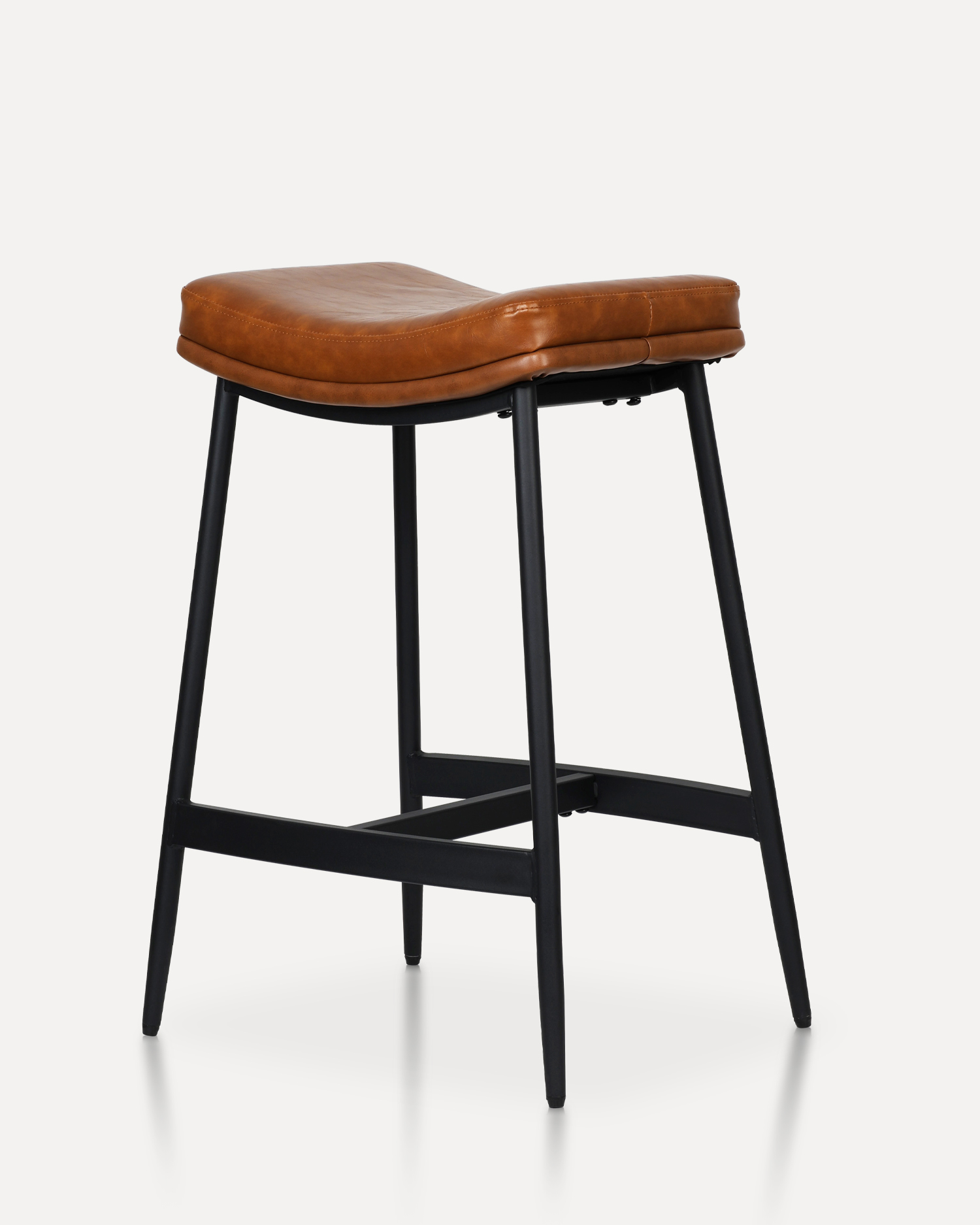

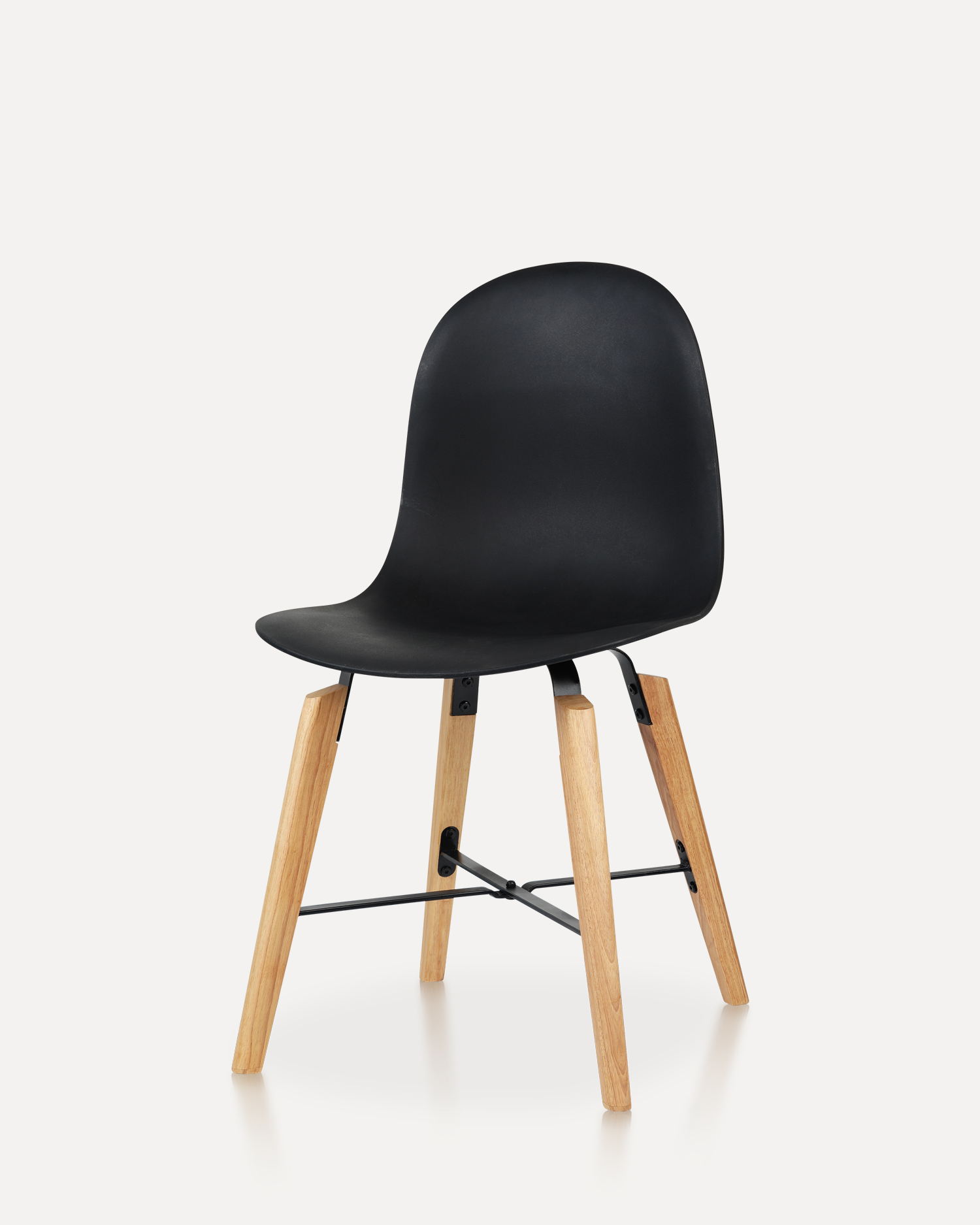


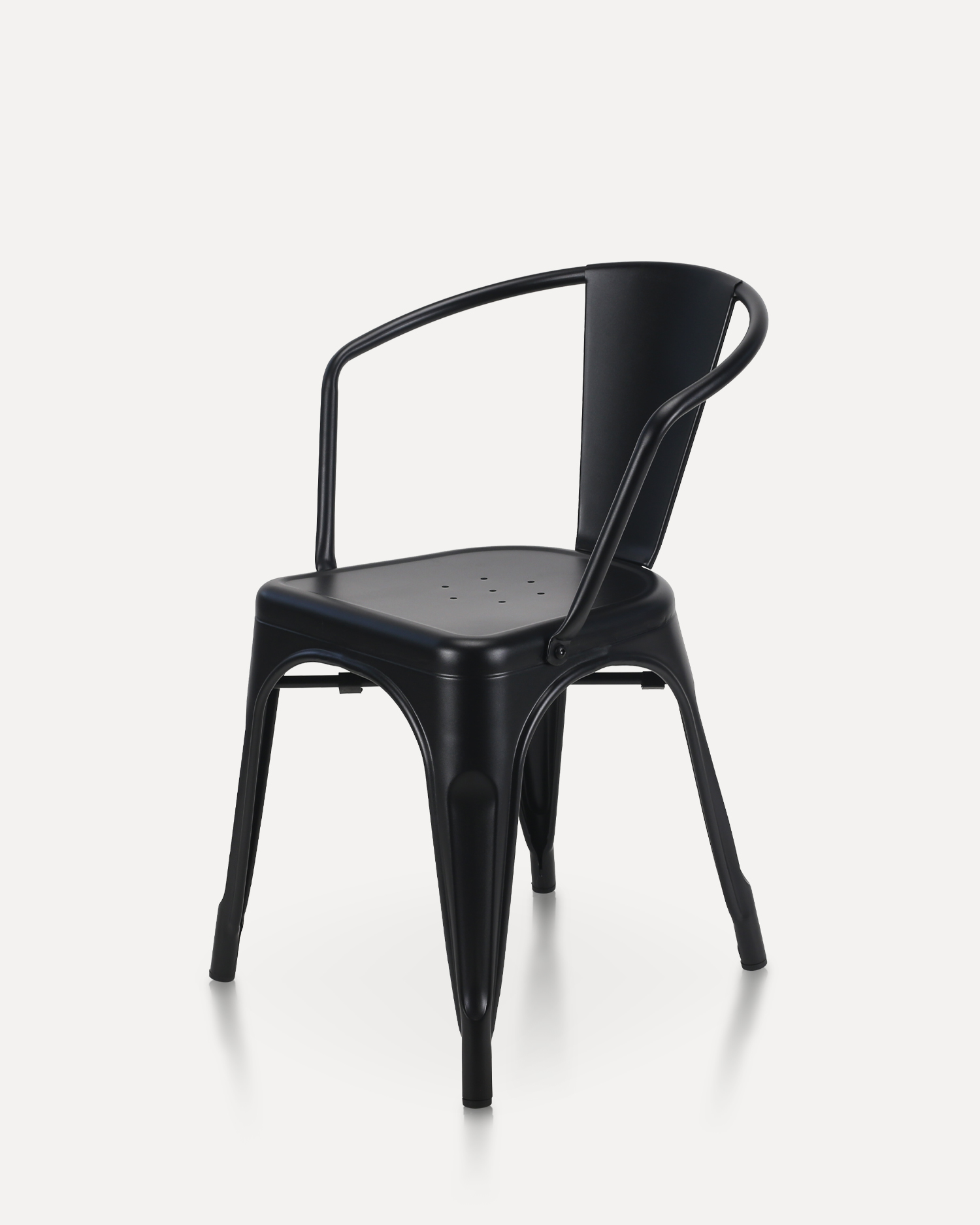
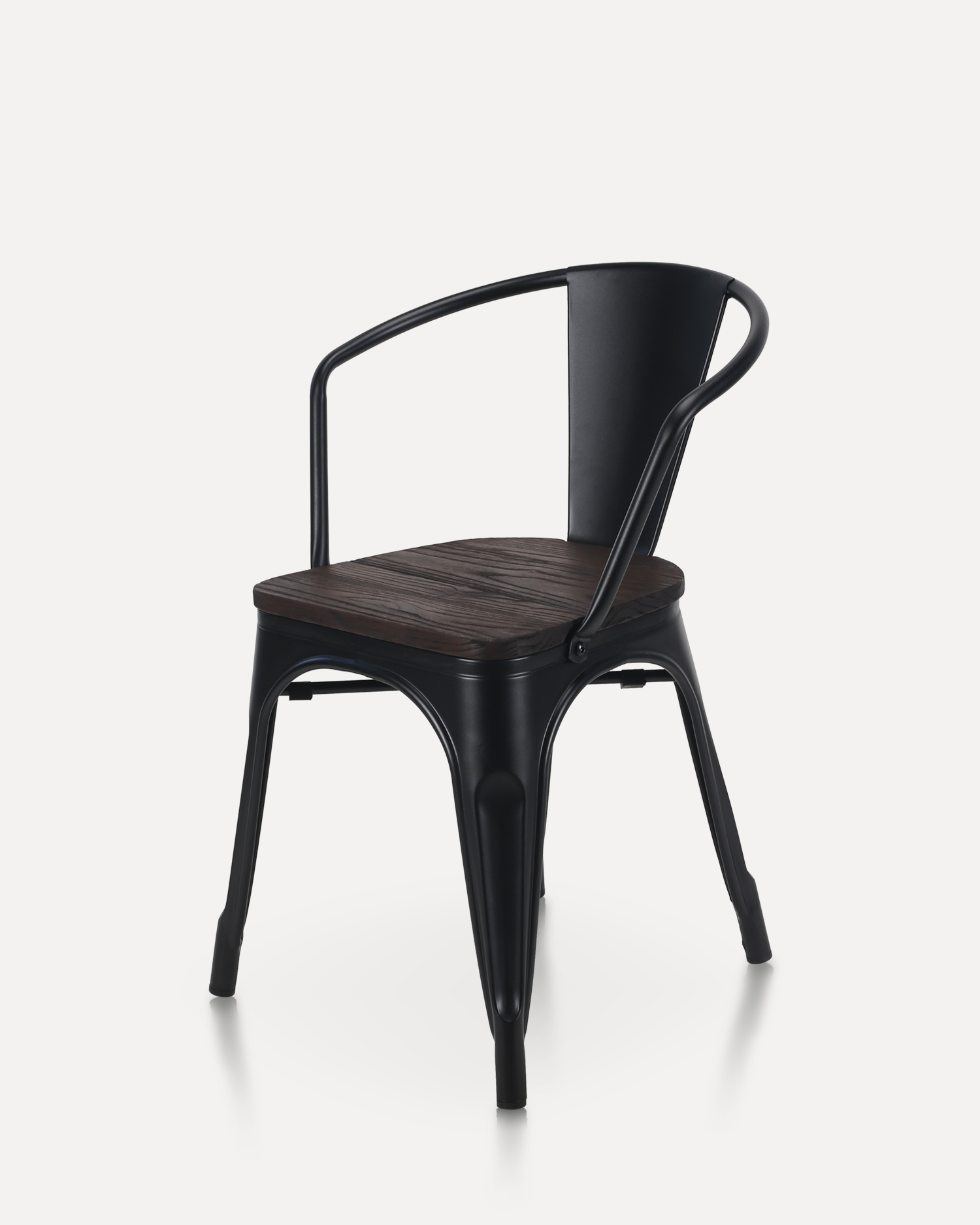
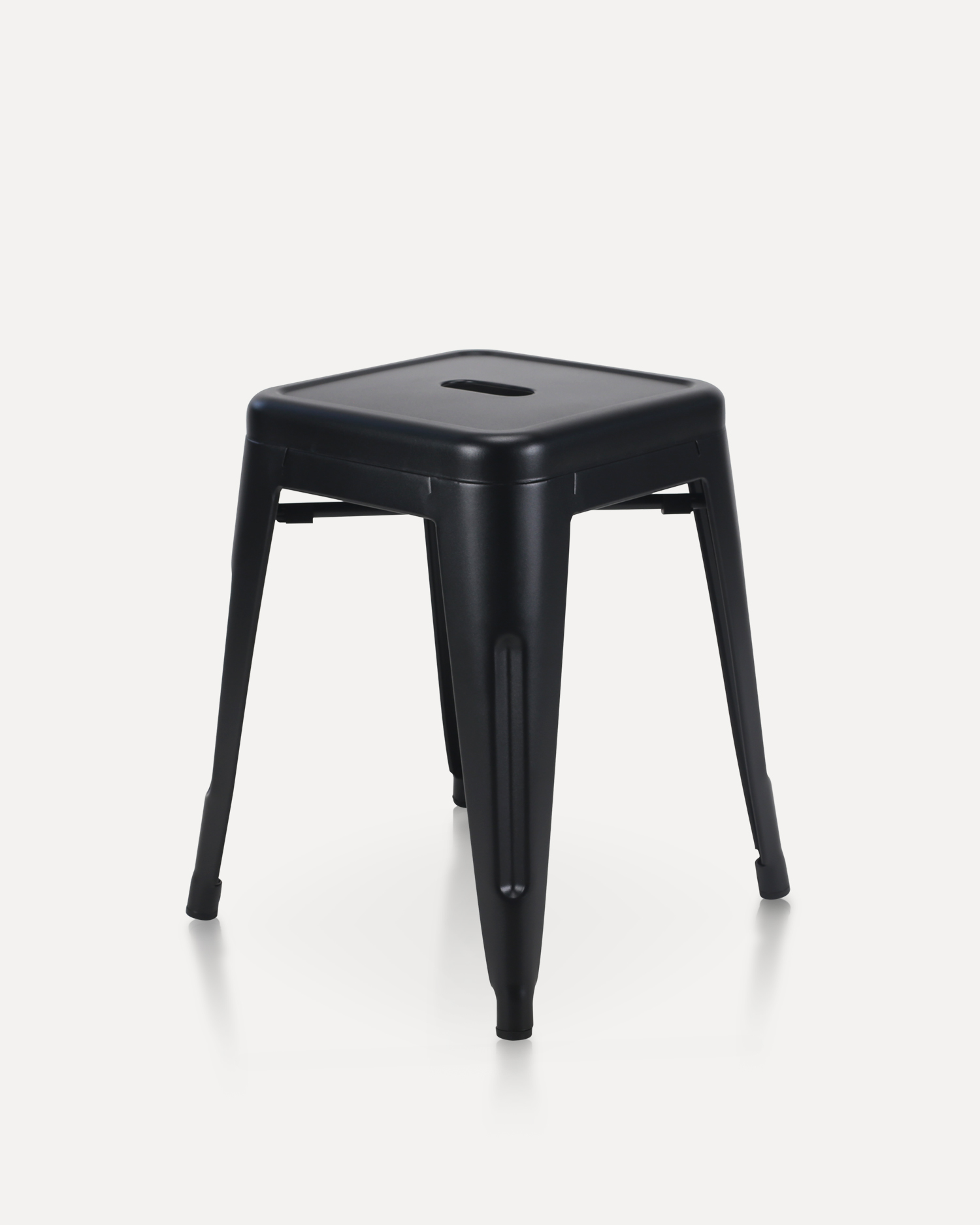
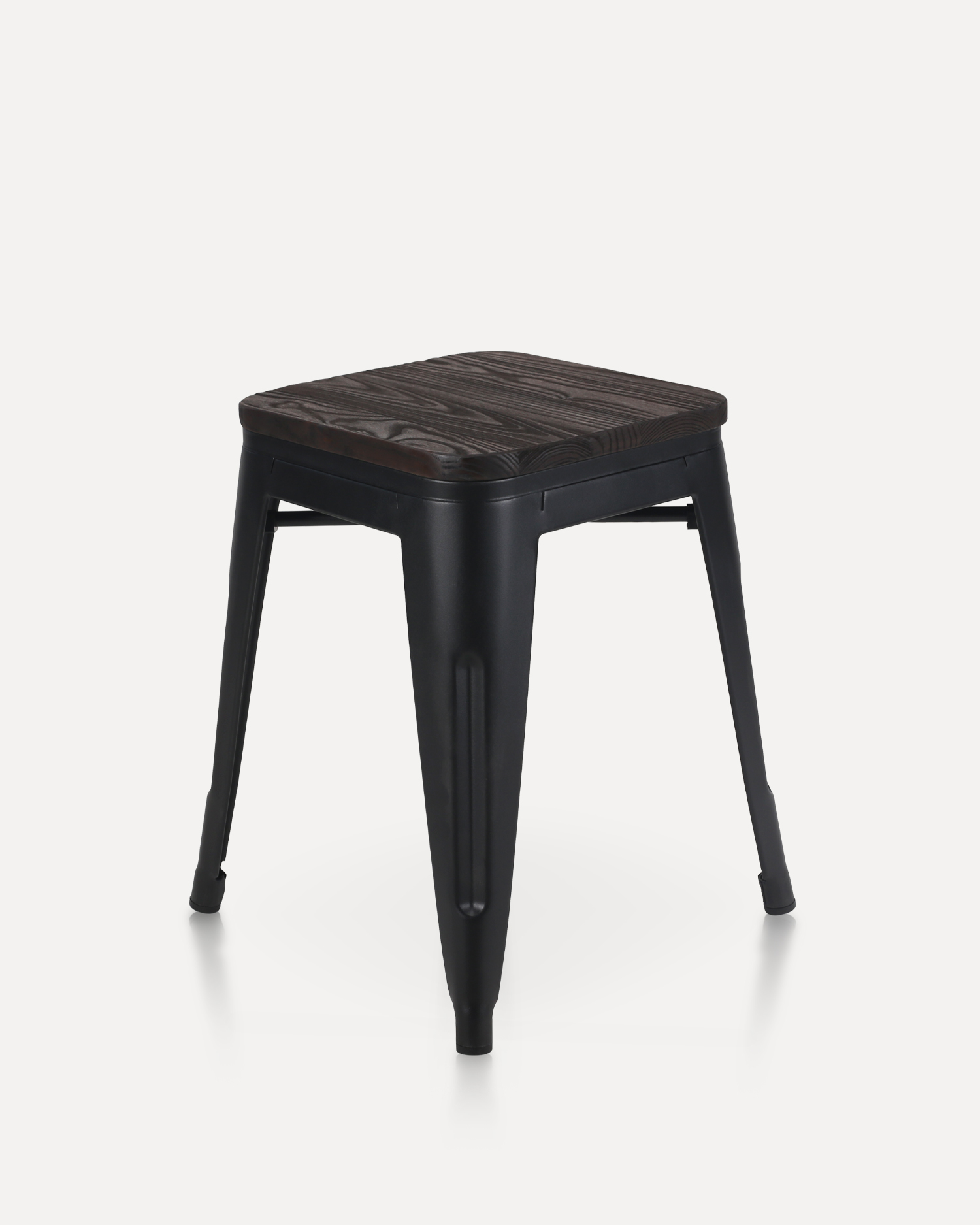
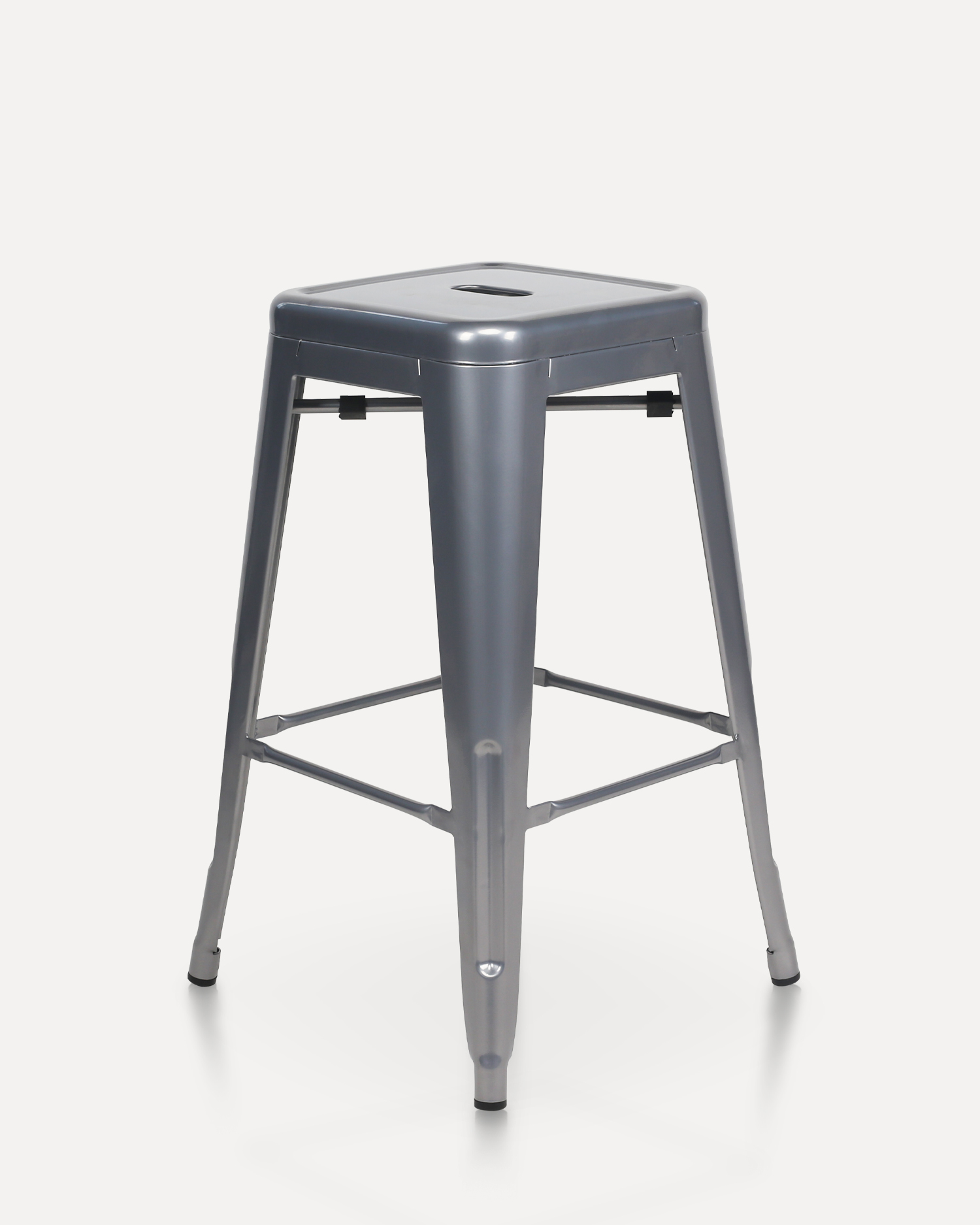

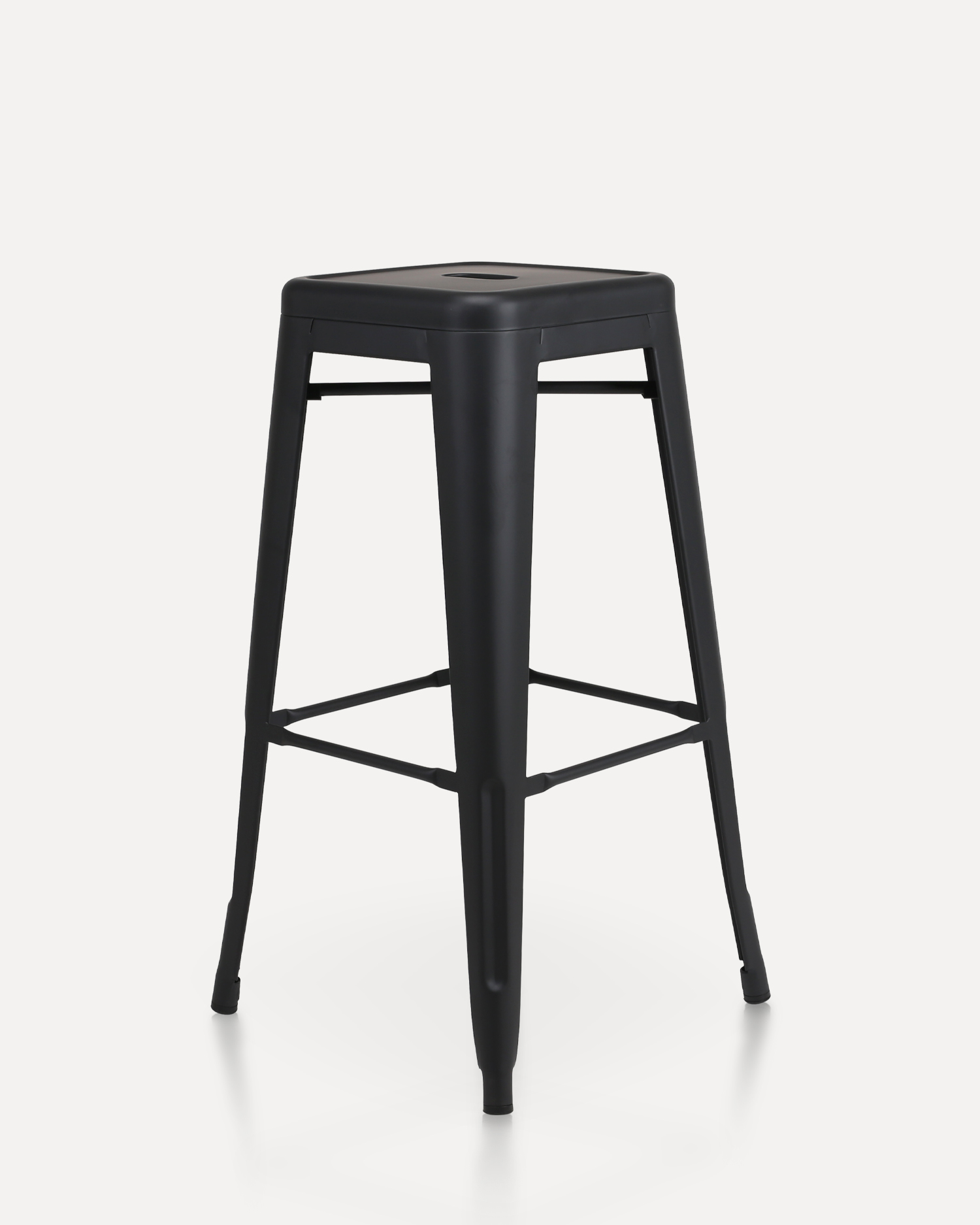





 Instagram
Instagram
 Facebook
Facebook
 Linkedin
Linkedin